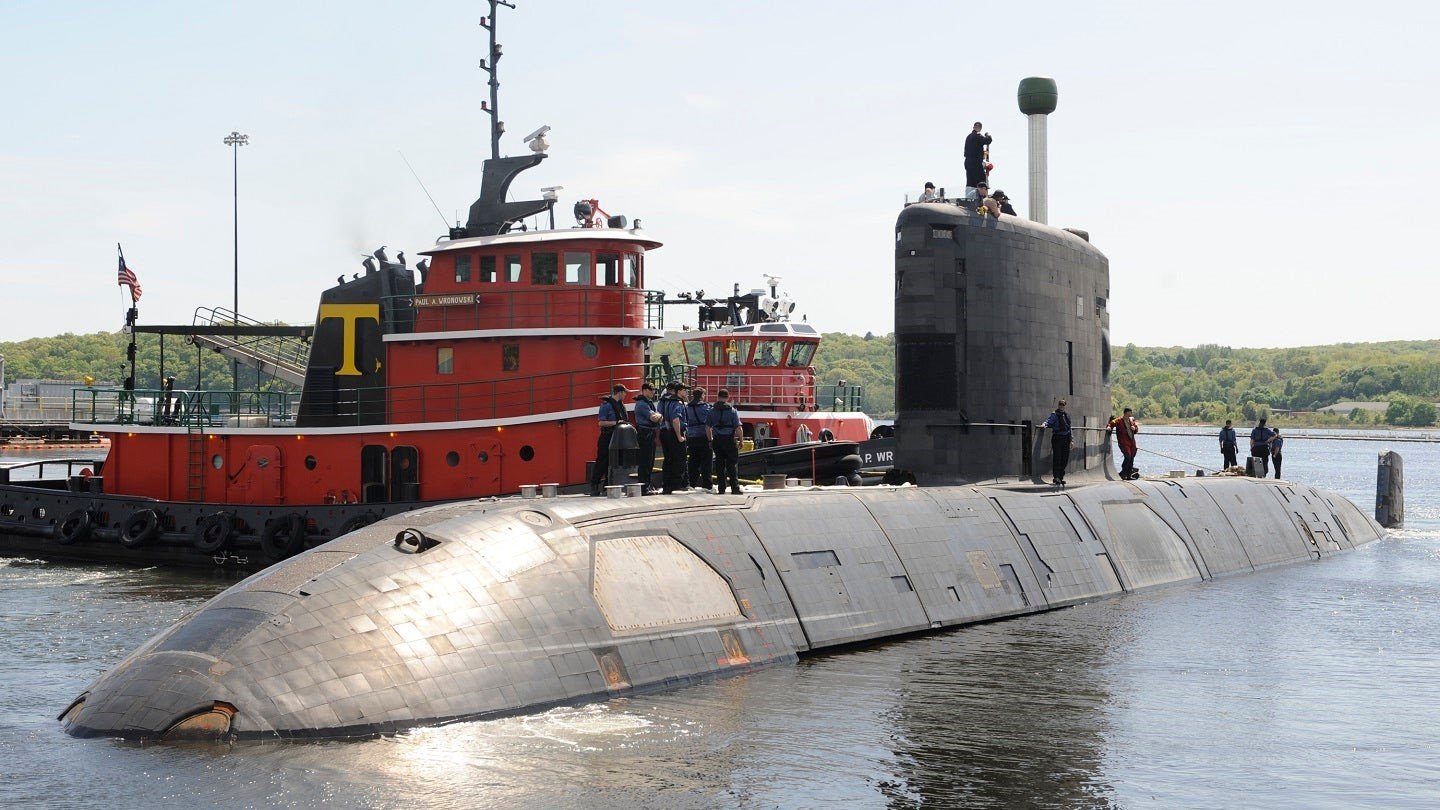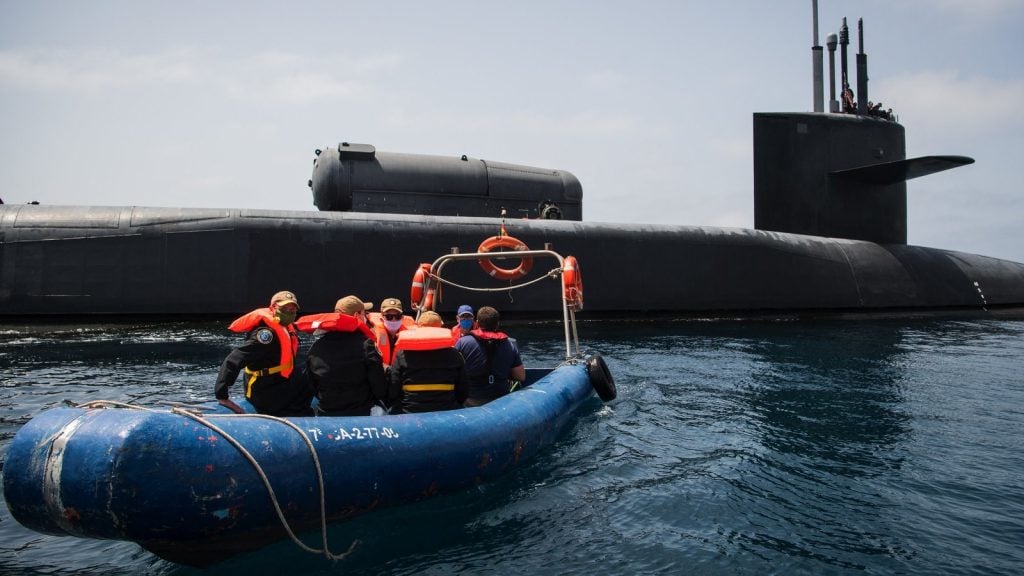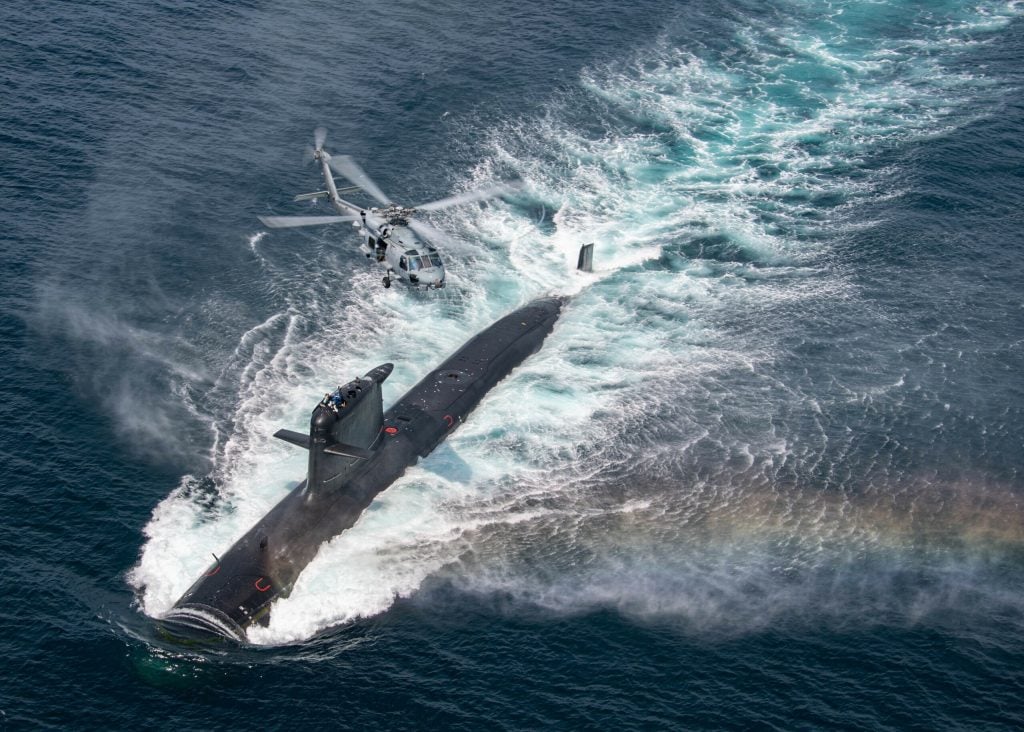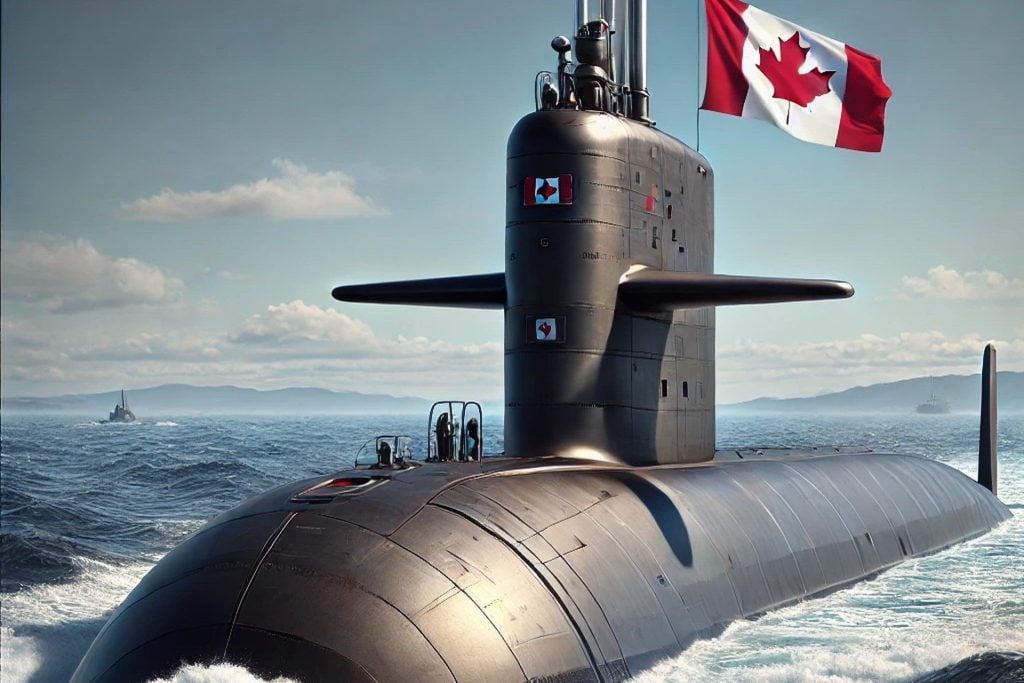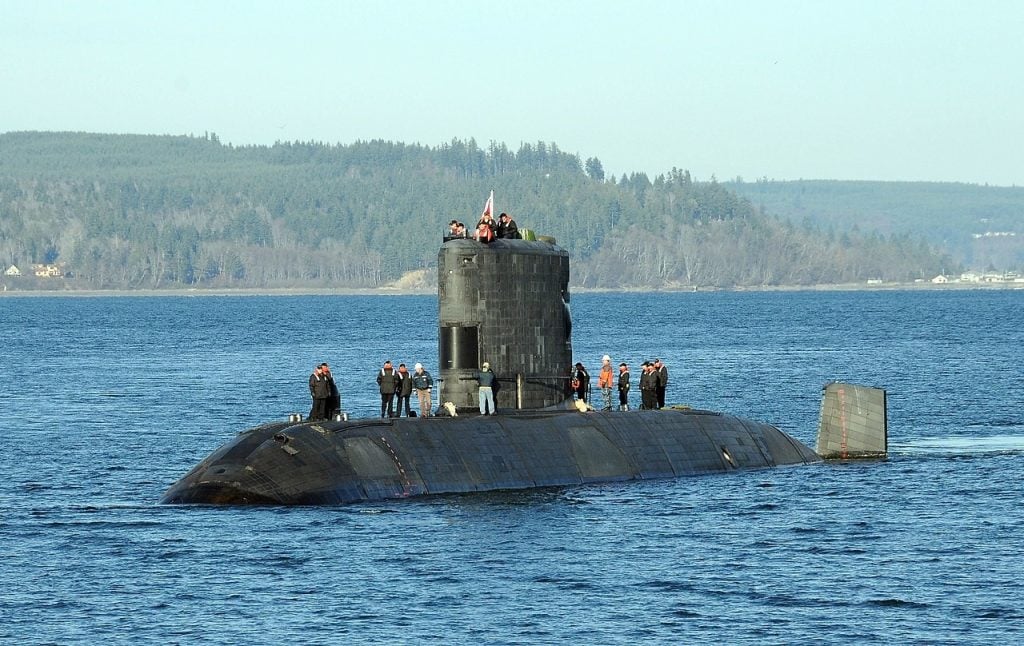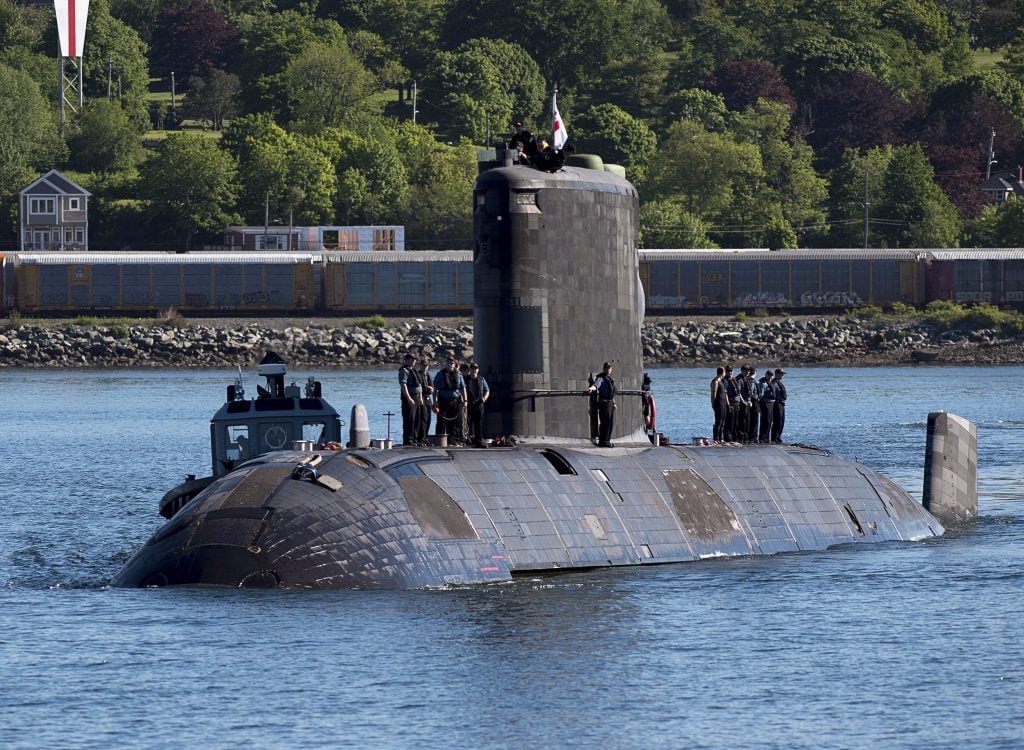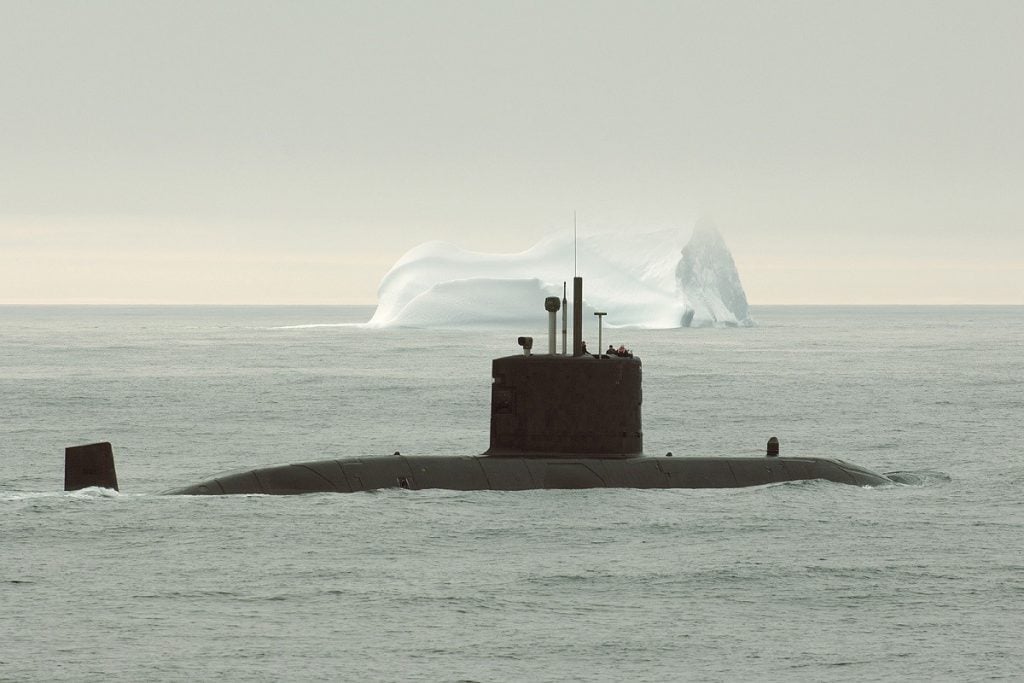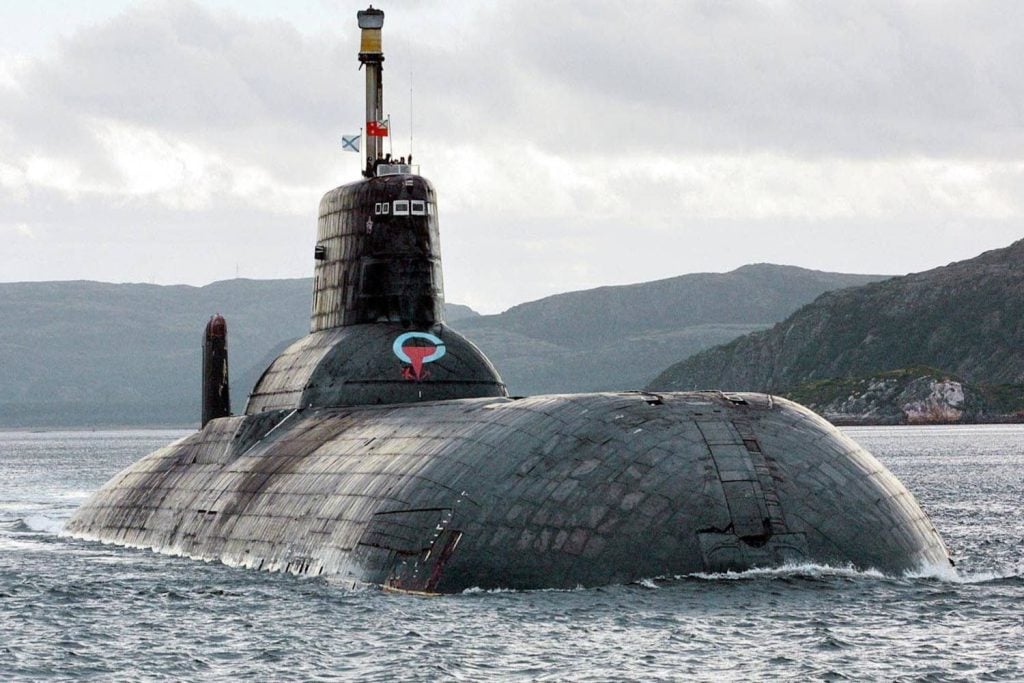In a strategic move to bolster its maritime capabilities, Canada is poised to cement its status as a submarine superpower on the global stage. Recognizing the evolving security landscape and the importance of protecting its vast coastlines, the Canadian government has unveiled ambitious plans to acquire a fleet of state-of-the-art, conventionally powered submarines capable of under-ice operations.
This bold initiative, part of the “Our North, Strong and Free” defense strategy, aims to modernize the Royal Canadian Navy’s submarine force and ensure Canada’s sovereignty, while also contributing to the collective security of its NATO allies. This article delves into the How Canada Plans to Lead in Submarine Technology. With a focus on enhancing detection and deterrence capabilities, this transformative project will replace the aging Victoria-class submarines and solidify Canada’s position as a formidable player in the realm of submarine warfare.w
Canada’s Strategic Imperative
As the country with the longest coastline in the world, Canada’s strategic interests are closely tied to the Arctic region, where melting sea ice has opened up new shipping routes. This geopolitical shift has heightened the importance of Canada’s submarine capabilities, as these stealthy underwater vessels can play a crucial role in monitoring and safeguarding these vital maritime corridors.
Recognizing the Kremlin’s growing military presence in the Arctic, Canada’s submarine fleet will serve as a deterrent against potential threats, allowing the Royal Canadian Navy to covertly detect and respond to any maritime challenges in the region. By projecting power and striking capability through its submarine force, Canada aims to assert its sovereignty, protect its economic interests, and contribute to the overall security of the Arctic.
Modernizing the Submarine Fleet
The Canadian government’s plan to acquire up to a dozen new conventionally powered, under-ice-capable submarines represents a significant investment in the country’s naval capabilities. This initiative, known as the Canadian Patrol Submarine Project, will not only replace the aging Victoria-class submarines but also enhance the Royal Canadian Navy’s operational readiness and flexibility.
The procurement process has already begun, with the Department of National Defense engaging potential manufacturers and partners to gather information on the latest submarine technologies and capabilities. A formal Request for Information is set to be released in the coming months, further solidifying Canada’s commitment to this transformative project.
Strengthening Interoperability and NATO Cooperation
As a key member of the North Atlantic Treaty Organization (NATO), Canada’s submarine modernization efforts hold strategic importance for the alliance’s collective defense and security. By acquiring a larger, more capable submarine fleet, Canada will be able to contribute high-end capabilities to NATO operations, enhancing interoperability and coordination with its allies.
The ability of Canadian submarines to operate under the ice and covertly detect and deter maritime threats aligns with NATO’s priorities in the Arctic region. This, in turn, bolsters the alliance’s overall deterrence posture and its ability to respond to emerging security challenges in the high north.
Overcoming Operational Challenges
The Royal Canadian Navy’s current fleet of four Victoria-class diesel-electric submarines has faced significant operational challenges during its service. These aging boats, built in the 1980s, have experienced “support and sustainability issues” that have severely limited their availability and readiness.
Recognizing the need for a more reliable and capable submarine force, the Canadian government has invested heavily in maintaining the Victoria-class fleet. However, the inherent limitations of these older platforms have prompted the decision to pursue a new generation of submarines that can better meet the evolving defense requirements of the 21st century.
Embracing Technological Advancements
The Canadian Patrol Submarine Project will not only replace the aging Victoria-class but also leverage the latest advancements in submarine technology. The new fleet of conventionally powered, under-ice-capable submarines will be equipped with cutting-edge sensors, propulsion systems, and combat management capabilities, enabling the Royal Canadian Navy to detect, deter, and, if necessary, engage threats with precision and efficiency.
These state-of-the-art submarines will provide Canada with a versatile and adaptable underwater force, capable of operating in the challenging Arctic environment, as well as contributing to NATO’s overall maritime dominance. The enhanced capabilities of the new submarine fleet will solidify Canada’s position as a leading player in the global submarine arena.
Strengthening Canada’s Arctic Sovereignty
The Canadian government’s investment in a modernized submarine fleet is not just about enhancing naval capabilities; it is a strategic move to safeguard the country’s sovereignty in the Arctic region. As the melting of sea ice opens up new shipping routes, the importance of Canada’s ability to monitor and control its maritime approaches has become increasingly crucial.
By deploying a fleet of stealthy, under-ice-capable submarines, Canada will be able to assert its presence and authority in the Arctic, deterring potential adversaries and protecting its economic interests, such as the burgeoning Northern Sea Route. This initiative aligns with the “Our North, Strong and Free” defense strategy, underscoring Canada’s commitment to defending its Arctic sovereignty and contributing to the overall security of the region.
Fostering Domestic Expertise and Industrial Capabilities
The Canadian Patrol Submarine Project not only represents a significant investment in the country’s naval capabilities but also presents an opportunity to bolster its domestic defense industry and technical expertise. The procurement process will involve close collaboration with Canadian manufacturers and partners, fostering the development of specialized skills and capabilities within the country.
This initiative will create high-value jobs, encourage innovation, and strengthen Canada’s position as a global leader in submarine technology. By leveraging its domestic industrial base, Canada can ensure the long-term sustainability and self-reliance of its submarine force, further solidifying its status as a submarine superpower.
Enhancing Operational Readiness and Flexibility
The acquisition of a larger, modernized submarine fleet will provide the Royal Canadian Navy with enhanced operational readiness and flexibility. Unlike the Victoria-class submarines, which have faced significant availability and sustainment challenges, the new conventionally powered, under-ice-capable submarines will offer greater reliability and deployability.
This improved operational posture will enable the Royal Canadian Navy to maintain a robust presence across its extensive coastlines, as well as contribute to NATO operations in the Arctic and beyond. The increased submarine fleet size and advanced capabilities will allow Canada to better detect, deter, and, if necessary, respond to a wide range of maritime threats, ensuring the protection of its national interests and the collective security of its allies.
Can Helicopters Land Anywhere?
Strengthening Canada’s Global Defense Partnerships
As a key member of NATO, Canada’s submarine modernization efforts hold significant strategic importance for the alliance’s collective defense and security. By acquiring a larger, more capable submarine fleet, Canada will be able to enhance its interoperability and cooperation with its NATO partners, contributing high-end capabilities to joint operations and exercises.
The Canadian Patrol Submarine Project will not only bolster Canada’s own naval might but also strengthen its defense partnerships with like-minded nations. This collaboration will foster the exchange of knowledge, best practices, and technological advancements, further cementing Canada’s position as a trusted and reliable partner in the global defense community.
Safeguarding Canada’s Maritime Interests
The Canadian government’s investment in a modernized submarine fleet is part of a broader, comprehensive approach to safeguarding the country’s maritime interests. Beyond the acquisition of new submarines, the “Our North, Strong and Free” defense strategy encompasses a range of initiatives aimed at enhancing Canada’s overall naval capabilities, including the construction of new surface combatants and the modernization of existing vessels.
This holistic approach ensures that Canada’s naval forces are equipped to address the full spectrum of maritime challenges, from traditional deterrence and defense to emerging threats such as cyber-attacks and asymmetric warfare. By aligning its submarine modernization efforts with a broader naval modernization program, Canada is positioning itself as a formidable maritime power, capable of protecting its sovereignty and advancing its strategic interests on the global stage.
Inspiring a New Generation of Canadian Submariners
The Canadian Patrol Submarine Project not only represents a significant investment in the country’s naval capabilities but also holds the potential to inspire a new generation of Canadian submariners. By showcasing the technological advancements and the critical role of submarines in modern warfare, this initiative can spark the imagination of young Canadians, encouraging them to pursue careers in the Royal Canadian Navy and contribute to the nation’s maritime dominance.
The acquisition of state-of-the-art submarines, coupled with the opportunity to operate in the challenging Arctic environment, will provide Canadian submariners with unparalleled experiences and skill-building opportunities. This, in turn, will help to cultivate a highly trained and motivated workforce, capable of maintaining and enhancing Canada’s submarine supremacy for years to come.
14 Top Bullet Proof Cars in the World
Conclusion
As Canada embarks on its ambitious submarine modernization program, the country is poised to cement its status as a leading submarine power on the global stage. By acquiring a fleet of advanced, conventionally powered, under-ice-capable submarines, Canada is not only enhancing its own naval capabilities but also strengthening its position within the NATO alliance and safeguarding its sovereignty in the strategically vital Arctic region.
This transformative initiative, rooted in the “Our North, Strong and Free” defense strategy, represents a bold and far-reaching vision for Canada’s maritime future. By leveraging the latest technological advancements, fostering domestic expertise, and cultivating a new generation of Canadian submariners, the country is poised to emerge as a submarine superpower, ready to meet the evolving security challenges of the 21st century.
FAQs
1. Is Canada building new submarines?
Canada is initiating the procurement process for up to 12 conventionally-powered, under-ice capable submarines and is beginning formal discussions with the industry for this acquisition.
2. How many Canadian submarines are there?
Warships: The Royal Canadian Navy (RCN) operates a fleet consisting of twelve frigates, four patrol submarines, four Arctic and offshore patrol ships, twelve coastal defense vessels, and eight unarmed patrol/training vessels.
3. How big is Canada’s navy?
The RCN consists of around 8,400 Regular Force members, 4,100 Reservists, and 3,800 civilian employees. United, we form an organization dedicated to serving Canada and its citizens.
4. Is Canada rebuilding its Navy?
The National Shipbuilding Strategy is a comprehensive, long-term initiative aimed at renewing Canada’s federal fleet of both combat and non-combat vessels.
5. Which country can build submarine?
Currently, six countries operate nuclear-powered strategic submarines: the United States, Russia, the United Kingdom, France, China, and India. Additionally, countries like Brazil and Australia are in various stages of developing their own nuclear-powered submarines.
